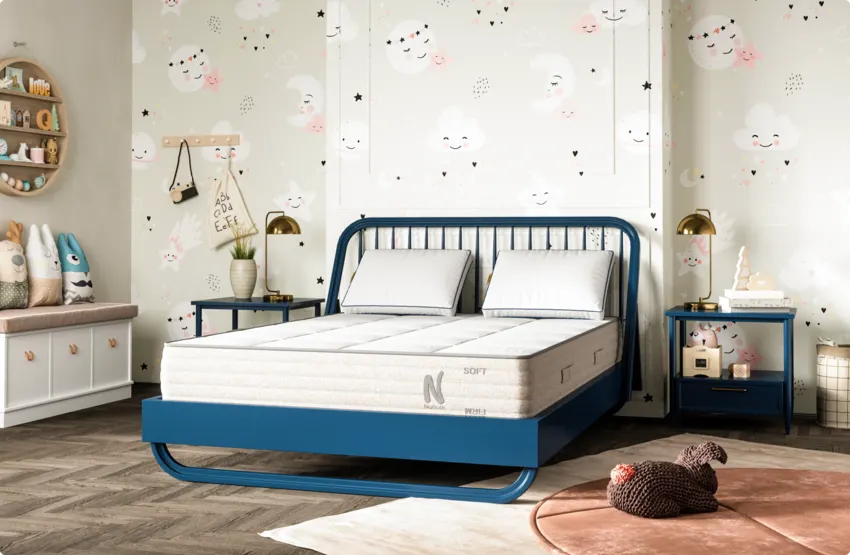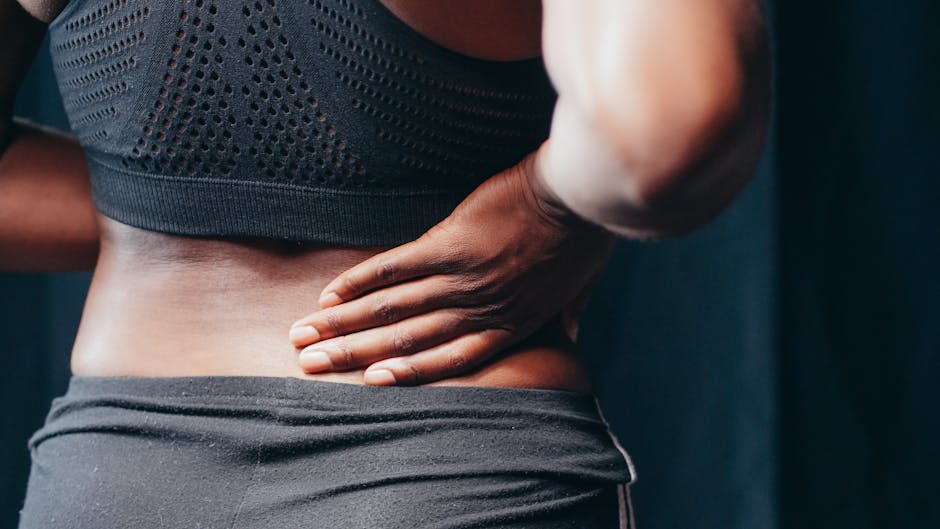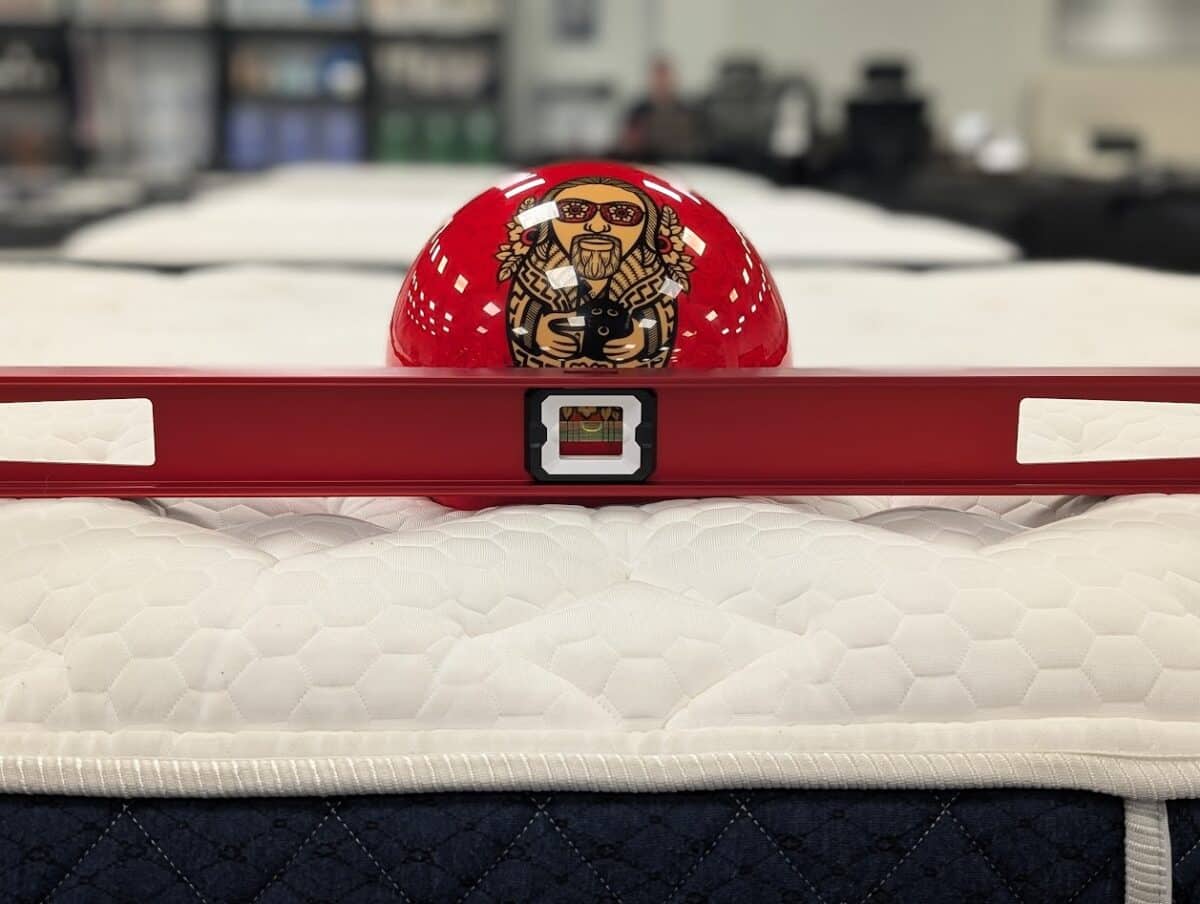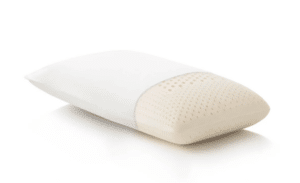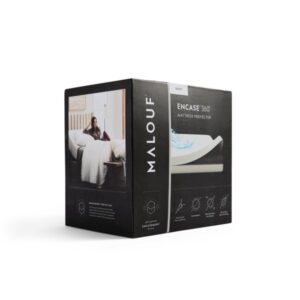In the intricate dance of human connection, few things communicate love, comfort, and intimacy as profoundly as the act of cuddling. As primal as it is nurturing, this universal language of touch is essential in forging bonds, deepening relationships, and promoting overall emotional health. It comes in an array of styles, each speaking volumes about the dynamics and stage of a relationship. This comprehensive guide takes you through 27 unique cuddling positions and their associated benefits, unveiling the transformative power of touch and its role in establishing and sustaining human bonds. From the traditional spooning to the solo cuddle, the scope of cuddling positions embodies the complexities of our needs for both connection and personal space. Embark on this journey to explore how the simple act of holding and being held can dramatically enhance your relationships and personal wellbeing.

1. Spooning
In this position, both partners lie on their sides, with one person’s back pressed against the other’s front. Spooning offers a profound sense of connection, safety, and intimacy. The outer person can wrap their arms around the inner person, amplifying feelings of protection and closeness. Furthermore, this position can help reduce stress and anxiety by triggering the release of oxytocin, often dubbed the “love hormone.”
2. Half-Spoon
Half-spoon is a variant of spooning, where one person lies on their back while the other lies on their side, hugging the other from behind. This position allows for a unique balance of independence and intimacy. It reduces body heat compared to full spooning, which can be advantageous during warmer seasons or for those who run hot.
3. The Honeymoon Hug
This position is characterized by both partners facing each other with limbs intertwined. It’s often associated with the intense intimacy of new relationships, hence its name. The Honeymoon Hug can strengthen emotional bonds and foster feelings of mutual respect and appreciation. However, it might not be comfortable for long periods due to the closeness of faces and potential arm numbness.
4. The Sweetheart Cradle
In the Sweetheart Cradle, one person lies on their back, and the other rests their head on the partner’s chest. This position offers an intimate bond and sense of comfort. The person whose head is being cradled can listen to their partner’s heartbeat, which can be soothing and create a deeper emotional connection.
5. The Liberty Lovers
This position involves both partners sleeping back-to-back with only their lower backs or buttocks touching. Despite appearing distant, it’s a sign of a strong, independent, yet deeply connected relationship. Couples who adopt this position respect each other’s space and independence. The Liberty Lovers position can also help maintain a cooler temperature, which is beneficial for quality sleep.
6. The Nuzzle
In this position, one person rests their head on the other’s chest, while their legs are intertwined. It’s a heartwarming pose often seen in early, passionate relationships, providing a strong sense of protection and security. The Nuzzle enhances feelings of trust, reduces stress, and can foster deep conversations.
7. The Leg Hug
The Leg Hug is characterized by one partner hooking a leg over the other’s legs. This subtle touch, even during sleep, indicates a strong emotional bond and a sense of familiarity. It allows couples to maintain physical contact without the full-on heat and intensity of fully body-to-body cuddling.
Each of these cuddling positions offers its own unique benefits and can cater to different preferences, comfort levels, and stages of a relationship. The key is to find what works best for both partners to foster a sense of connection, comfort, and mutual respect.
8. The Back Kissers
This is an upgraded version of the Liberty Lovers, where partners sleep back-to-back with more points of contact. It’s a non-invasive cuddling position that still maintains a sense of intimacy. This position signals trust, as both partners turn their backs to each other, and it helps maintain a cooler sleeping environment, supporting a more relaxed and restful sleep.
9. The Couch Spoon
Perfect for binge-watching nights or lazy afternoons, this cuddling position involves one person sitting on the couch with the other lying down, their head resting in the seated person’s lap. It’s a caring and nurturing position that promotes shared experiences, emotional comfort, and bonding during conscious leisure time.
10. The Lap Pillow
In the Lap Pillow, one person sits against the headboard or wall, and the other rests their head on their partner’s lap. The seated partner can stroke the other’s hair or massage their shoulders, promoting stress relief and feelings of being cared for.
11. The Protector
One person lies on their side, while the other sprawls on their back, with the first person’s arm and head resting on the chest of the second. This position communicates a strong sense of protection and security, nurturing feelings of trust and safety within the relationship.
12. The Under Arm
This position involves one partner tucking their head into the crook of the other’s arm. This setup allows for a combination of closeness, warmth, and breathability, making it practical for many couples.
13. The Tangle
In this position, the couple lies face-to-face, with limbs intertwined and bodies pressed closely together. It’s typically reserved for moments of intense intimacy and is often seen in passionate, newly-formed relationships. The Tangle promotes the release of oxytocin and fosters an emotional bond but may not be suitable for extended periods due to its intense physical contact.
The shared act of cuddling, irrespective of the position, can bring about a sense of wellbeing and closeness between partners. It reduces stress and anxiety, promotes feelings of happiness and security, and strengthens the bond between individuals. Whether for sleep or a quiet moment of rest, finding a cuddling position that provides mutual comfort and satisfaction is a vital aspect of physical intimacy within a relationship.
14. The Zen Style
The Zen Style is where couples sleep facing each other but not touching, maintaining some space between them. Despite the absence of physical contact, this position signifies a healthy balance of intimacy and independence, indicating mutual respect for personal space and a confident, secure relationship.
15. The Stargazing Position
This cuddling position involves lying on your backs side by side, with hands, shoulders, or legs touching. Often done outdoors while watching the stars, it is a bonding experience that brings a shared sense of wonder and serenity. Engaging in such shared activities can stimulate conversation, deepen connection, and promote an overall feeling of contentment.
16. The Footsie
A more subtle form of contact, the Footsie involves entwining your feet with your partner’s. It’s playful and flirtatious and can be a comfortable way to maintain a physical connection without the intensity of full-body contact. Footsie can increase playfulness and affection, promoting a light-hearted atmosphere within the relationship.
17. The Lovers’ Knot
In this position, couples face each other and their legs are intertwined for approximately 10 minutes before moving to a more comfortable sleeping position. This position symbolizes the balance between intimacy and independence. A brief period of intense closeness, followed by separate sleeping positions, can enhance the sense of connection while respecting individual comfort.
18. The Carry-On Cuddle
This cuddling style involves one person lying flat on their back while the other lays perpendicular, resting their head on the first person’s chest. This relaxed position allows both partners to read, talk, or watch television comfortably. It promotes shared experiences and comfort, strengthening the bond between partners.
19. The Seated Embrace
In the Seated Embrace, couples sit facing each other, with legs wrapped around the waist or over the lap of the other. This intimate and balanced pose allows for eye contact, deep conversation, and reciprocal affection. The seated embrace can foster understanding, deepen emotional connection, and facilitate meaningful communication.
20. The Solo Cuddle
Also known as hugging oneself, this position involves crossing your arms and holding your shoulders or lower arms, mimicking a self-embrace. For individuals who are single or currently in a long-distance relationship, this can provide some of the calming and stress-relieving benefits of physical contact.
Ultimately, the act of cuddling, in any of its varied forms, serves to establish and reinforce intimacy, promoting a stronger emotional bond and improved mental wellbeing. The positions, though diverse, all offer an avenue for couples to express their affection physically and to communicate a shared sense of security and belonging. It is this pervasive connection, facilitated by such simple physical acts, that underscores the significant role cuddling plays in successful and healthy relationships.
21. The Standing Embrace
This classic cuddle position involves standing and wrapping arms around each other, either at the waist or neck. While it may be brief, the Standing Embrace provides a moment of closeness and affection that can be both comforting and reassuring, whether it’s a welcome home hug or a lingering farewell.
22. The Sidesaddle Hug
In this position, one partner is seated while the other partner sits on their lap, legs over the side. It allows for good eye contact and is a position that often lends itself to deep conversation and mutual understanding. The Sidesaddle Hug is intimate and fosters feelings of closeness and empathy.
23. The Lap Rest
This cuddling position involves one person sitting with their feet up on the couch or bed, while the other rests their head on the seated person’s lap. Perfect for movie nights or relaxing evenings, the Lap Rest offers the opportunity for shared leisure time, fostering companionship and a shared sense of comfort.
24. The Resting Lock
The Resting Lock is where one person lies down with their head resting on the other person’s thigh. This position provides a sense of security and comfort to the person resting, while the person providing the ‘pillow’ gets a sense of being needed and appreciated. It can be a relaxing position for reading, talking, or simply enjoying each other’s presence.
25. The Parallel Spoon
This variation of spooning involves both partners lying on their sides in the same direction but with some space between them. Arms can be folded individually or extended towards each other. The Parallel Spoon offers a level of intimacy that is less intense but still comforting, and it’s a great way to maintain some coolness between bodies during sleep.
26. The Back-to-Chest Hug
One person stands with their back to the other’s chest, and arms are wrapped around the waist or chest. This position provides a sense of protection and security. It’s a powerful non-verbal way of saying, “I’ve got your back,” instilling a deep sense of trust within the relationship.
27. The Solo Spoon
This cuddling position, also known as hugging a pillow, involves an individual embracing a body pillow or a standard pillow. It is perfect for those who enjoy the feeling of hugging something while they sleep. Though a pillow can’t replicate human touch, the Solo Spoon can provide a comforting sensation, potentially improving sleep quality.
The world of cuddling is indeed diverse, each position rich with its benefits and level of intimacy. The beauty of these cuddling positions lies in their adaptability—they can suit any relationship’s dynamics, personal comfort preferences, and emotional needs. The magic of touch cannot be underestimated; it’s an essential language of love, care, and belonging that can profoundly enhance our connections with others and our own wellbeing.
Final Thougts On Cuddling Positions
In conclusion, the multifaceted act of cuddling is a testament to the profound power of human touch. Its diverse positions cater to a wide array of preferences, situations, and stages of a relationship, each conveying a unique mix of intimacy, protection, and mutual respect. While the physical benefits of cuddling, such as stress reduction and improved sleep, are substantial, its impact transcends into the emotional realm, forging deeper connections and fostering a robust sense of belonging. As we’ve explored through this comprehensive guide of 27 cuddling positions, this unspoken language of affection serves as a cornerstone in building and sustaining strong, healthy relationships. Embrace the art of cuddling in its many forms, and allow it to enrich your bonds and overall emotional wellbeing. After all, in the grand tapestry of human connection, the threads of touch weave some of the most impactful stories.
Scientific Articles on the Benefits of Cuddling
“Effects of Partner’s Warmth and Coldness on Interpersonal Touch, Closeness, and Distress in Couples” – Journal of Social and Personal Relationships (2020). This study examines the impact of warm, comforting touch within couples’ interactions and the subsequent impact on relationship closeness and distress.
“Physiological and Behavioral Effects of Touch on Stress Alleviation: The Moderating Effect of Gender” – Psychological Research (2019). This research explores the impact of touch, including cuddling, on stress alleviation, also considering gender differences in response to touch.
“Social Support and Touching in Family Dyads: An Examination of the Direct and Stress-Buffering Effects Among Japanese and American” – Journal of Family Psychology (2017). This article investigates the influence of familial touch, such as hugging, on social support and stress-buffering effects in different cultural settings.
“Neuroendocrinology of Social Information Processing in Rats and Humans” – Neuroendocrinology (2017). This study delves into the neuroendocrinological mechanisms underlying the social information processing that occurs during physical contact like cuddling.
“Touch in Romantic Relationships: The Role of Romantic Love and Attachment Styles in Touch Perception” – The Journal of Social Psychology (2015). This journal article examines how romantic love and attachment styles can influence touch perception in romantic relationships, including acts like cuddling.
“Differential release of oxytocin following social interaction: Modulation by social context” – Psychoneuroendocrinology (2021). This research delves into the release of oxytocin, often known as the “love hormone,” during social interactions like cuddling, considering how different social contexts can modulate this effect.
“Touch in the Treatment of Stress: A Biopsychosocial Perspective” – International Journal of Neuroscience (2020). This article provides a broad overview of touch as a stress-relief mechanism, including the act of cuddling, from a biopsychosocial perspective.
“Warm Embrace or Cold Shoulder? The Impact of Cuddling on Relationship Satisfaction and Sexual Satisfaction” – Journal of Sex & Marital Therapy (2018). This study analyzes how cuddling can affect relationship satisfaction and sexual satisfaction among couples.



